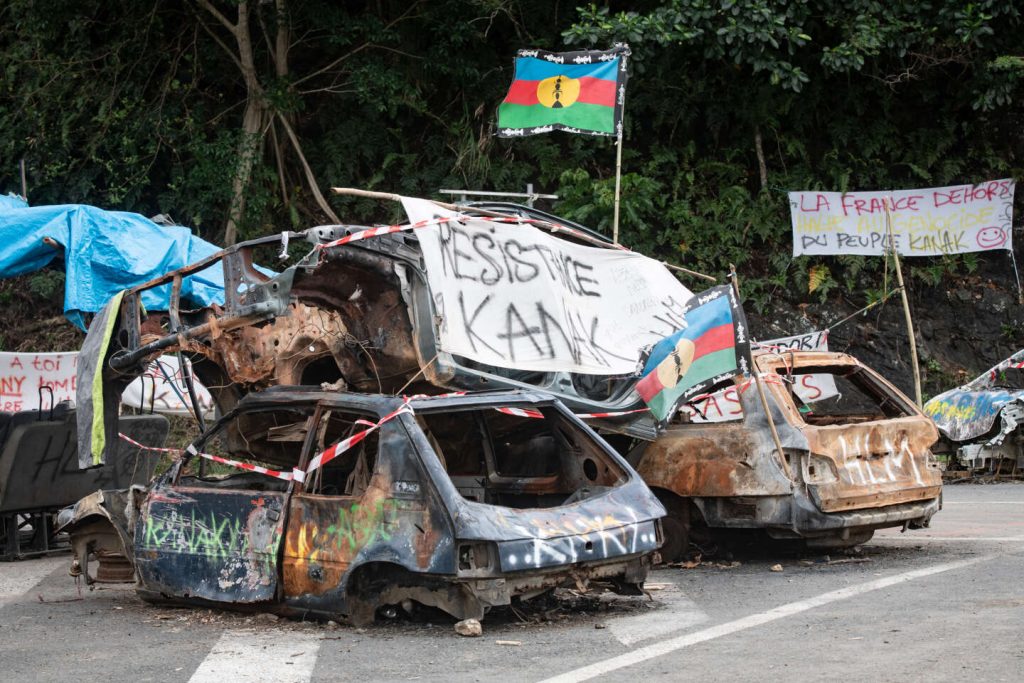Since the beginning of the revolt on May 13th in Nouméa and its suburbs, there have been no major destructions in the rural areas of New Caledonia. Despite this, the independence movement in rural areas remains strong and active, although there is disagreement among the activists regarding their demands and the methods of action they should employ. This indicates that while there is unity in their desire for independence, there is diversity in how they envision achieving it.
The lack of major destruction in rural areas suggests that the independence movement in these regions may be taking a more peaceful and organized approach compared to the more violent actions seen in Nouméa and its suburbs. This could be due to a variety of reasons, such as differences in tactics and strategies among the different groups within the independence movement, or a conscious decision to avoid causing harm to property and individuals in rural communities. It also indicates a level of restraint and discipline among the independence activists in rural areas.
The disagreement among the independence activists in rural areas regarding their demands and methods of action could be a reflection of the diverse nature of the independence movement in New Caledonia. Different groups and individuals may have varying beliefs, priorities, and strategies when it comes to achieving independence from France. This diversity can be both a strength and a challenge for the movement, as it allows for a range of perspectives and approaches but can also lead to division and discord if not managed effectively.
Despite the differences among the independence activists in rural areas, the fact that they remain strongly mobilized indicates a deep and widespread support for independence from France in these regions. This support is likely rooted in a long history of colonization, exploitation, and marginalization experienced by the indigenous Kanak people of New Caledonia. The rural communities may feel a particularly strong sense of connection to their land, culture, and heritage, and may view independence as a means of reclaiming sovereignty and self-determination.
The rural areas of New Caledonia have historically been neglected and marginalized by the French colonial government, leading to disparities in access to resources, opportunities, and political representation. The independence movement in these regions may be driven not only by a desire for self-determination and cultural preservation but also by a demand for social and economic justice. Independence could be seen as a way to address these historical injustices and create a more equitable and prosperous future for the rural communities.
In conclusion, while the independence movement in rural areas of New Caledonia may not have experienced the same level of destruction and violence as in Nouméa and its suburbs, it remains a powerful force for change and self-determination. The diversity of perspectives and approaches within the movement reflects the complex history and challenges faced by the indigenous Kanak people, as well as the deep-rooted desire for independence from France. The mobilization of rural communities demonstrates a strong sense of unity and determination, as well as a vision for a more just and equitable future for all inhabitants of New Caledonia.


